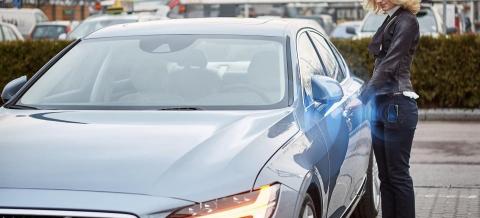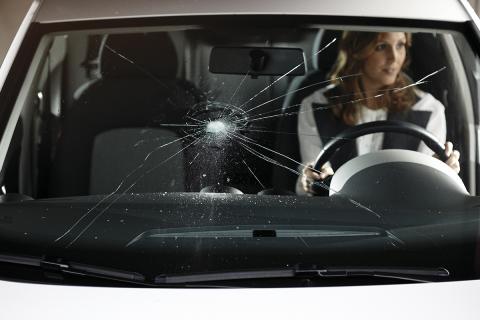According to a recent study, the emphasis of the ITV on polluting emissions would be avoiding up to 600 deaths a year in Spain. However, if there were not so much absenteeism, the figure could be even higher.
The report on the “Contribution of the ITV to Road Safety and the Environment” has been carried out by the Duque de Santomauro Automobile Vehicle Safety Institute (ISVA) of the Carlos III University of Madrid (UC3M) and has been commissioned AECA-ITV.
Focusing on 2021, it indicates that thanks to the technical inspection, at least 15,641 road accidents, 13,110 injuries and 148 deaths have been avoided. This, in economic terms, represents a saving close to 395 million euros.
In addition, if those who did not pass it had done so, an additional 13,517 road accidents, 11,643 injuries and 146 deaths would have been avoided.
As far as it goes, these are expected figures, since road safety depends on the good maintenance and condition of the car, so the more approved, a priori the fewer incidents would take place. However, the most striking aspect of the study is related to emissions.
He affirms that, due to exposure to particles (PM), passing through the ITV has managed to prevent 575 premature victims. In addition, it points out that if all passenger vehicles passed the ITV, another 207 premature deaths per year would be avoided.
The restrictions on this aspect are increasing, with the regulations forcing the brands to lower the average of polluting emissions of their ranges and, in fact, will culminate in the prohibition of combustion mechanics (even electrified) in Europe in 2035.
At the moment the Euro 6D regulation applies, but Euro 7 will soon arrive, more restrictive and which will force the installation of new anti-pollution systems, which in turn will lead to the implementation of new protocols and tools so that the ITV can verify compliance. in the cars they check.
Juan Portillo, technical director of the ITV Division of TÜV SÜD Spain, points out: “Precisely for this reason, new methods are being studied to measure exposure to particulate matter (PM) or nitrogen oxide (NOx) emissions. In fact, Belgium, Germany and the Netherlands already have equipment and have begun to use it in periodic technical inspections”.










